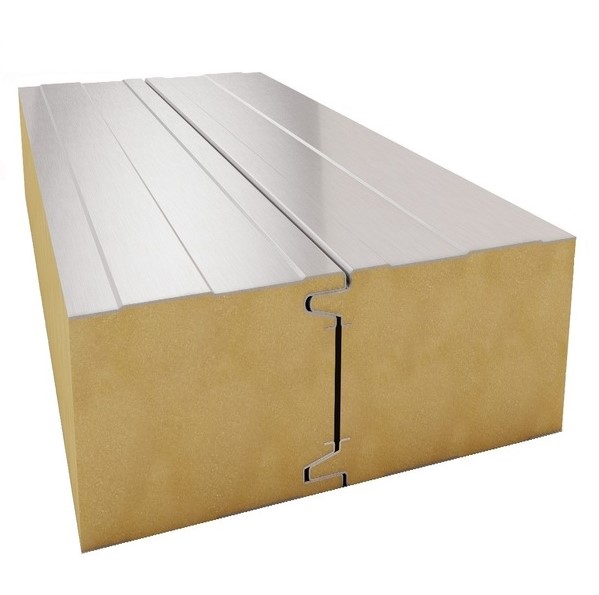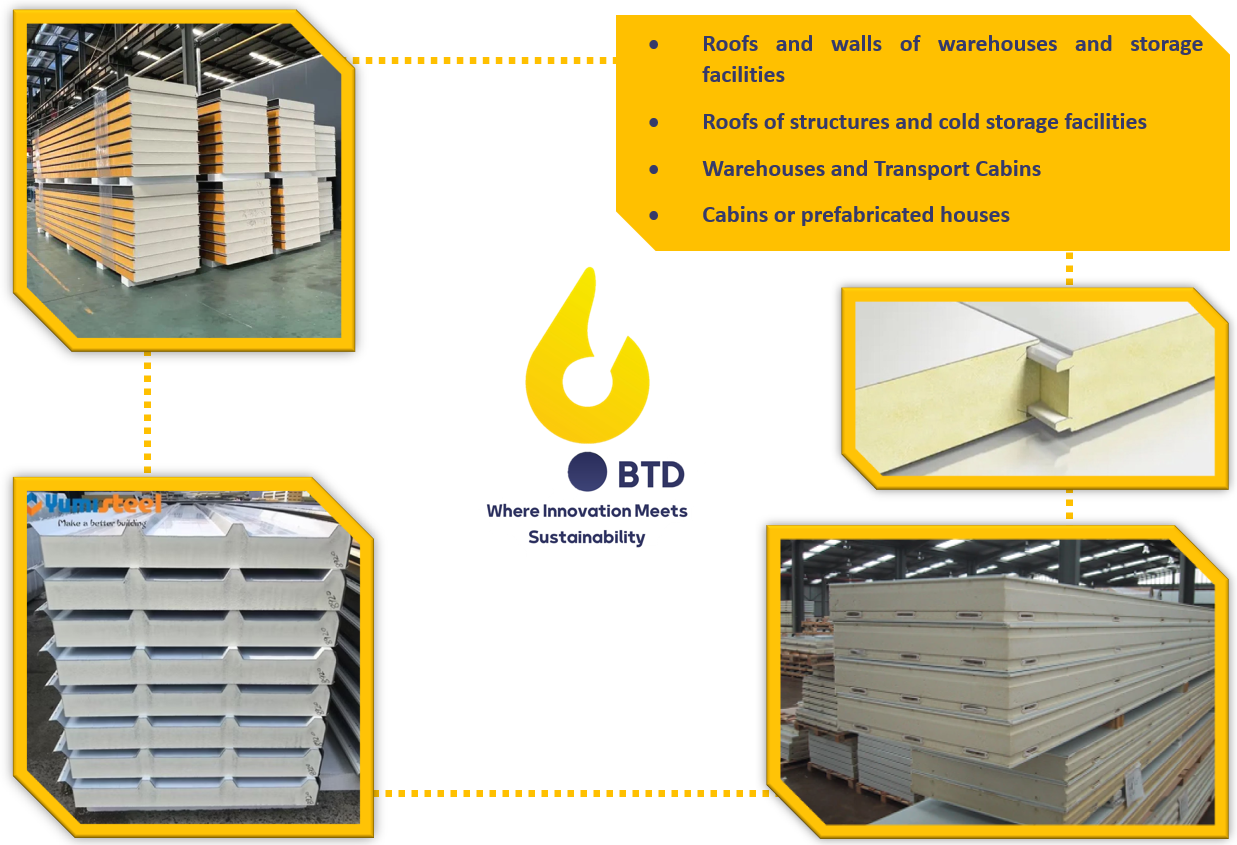Sandwich Panel Foam
Polyurethane sandwich panel foam is a type of rigid polymer foam used as thermal and acoustic insulation. Its features include preventing heat loss, being lightweight, and having excellent durability, making it suitable for use in sandwich panels for roofs and false walls in buildings and warehouses. The formulated polyols from Baspar Tose`e Davam Chimi Company used in polyurethane sandwich panel foam are produced and supplied in various flame retardant systems, including B1, B2, and B3 (normal). This company has the capability to produce different grades of polyols based on density and various flame retardant properties as defined by customer needs. We will now examine the technical parameters that influence the properties of polyols used in polyurethane sandwich panel foam.

Variety of Grades
| Specification | Unit | BATOPOL | |||
|---|---|---|---|---|---|
| C510 | D310 | ||||
| Polyol Properties | Type | Continuous | Discontinuous | ||
| Brookfield Viscosity | cps | 800±100 | 600±100 | ||
| Cream time | sec | 10±2 | 35±5 | ||
| Gel time | sec | 42±3 | 130±10 | ||
| Tack Free Time | sec | 60±5 | 180±10 | ||
| Free Rise Density | kg/m³ | 34±2 | 28-30 | ||
| Foam Properties | Core Density in Foam | kg/m³ | 36-40 | 36-40 | |
| Closed Cell Content | % | >90 | >90 | ||
| Compressive Strength | kPa | >160 | >160 | ||
| Thermal conductivity (k-factor) | W/mK | 0.023 | 0.023 | ||
Applications

